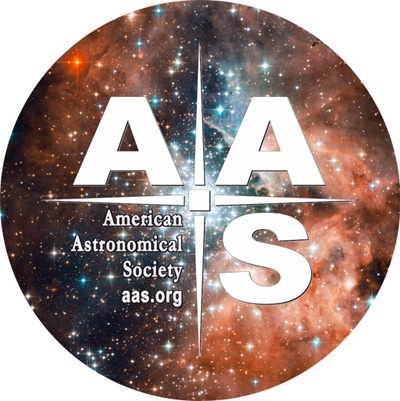4 March 2020
Susanna Kohler

Striking images of protoplanetary disks with unique arced and spiral features, captured by the SPHERE instrument on ESO’s Very Large Telescope. [ESO]


•KUEYEN (UT2; The Moon ),
•MELIPAL (UT3; The Southern Cross ), and
•YEPUN (UT4; Venus – as evening star).
elevation 2,635 m (8,645 ft) from above Credit J.L. Dauvergne & G. Hüdepohl atacama photo,
Some of the most spectacular images to come out of observatories like the Atacama Large Millimeter/submillimeter Array (ALMA) or the Very Large Telescope (VLT) are detailed views of protoplanetary disks. These disks of gas and dust around young stars aren’t just smooth and featureless; instead, they exhibit arcs, rings, gaps, and spirals. What causes this impressive array of structure?

Scientists have primarily focused on two explanations:
1.The structures are caused by the perturbations of massive baby planets interacting with the disk as they orbit.
2.The structures are generated by various instabilities within the disk that cause the gas and dust to clump.

This ALMA image of the protoplanetary disk surrounding the star HL Tauri reveals the detailed substructure of the disk. [ALMA (ESO/NAOJ/NRAO)]
A new study has now put forward an alternative explanation: the structures are the result of catastrophic, destructive collisions of planetesimals within the disk. Scientists Tatiana Demidova (Crimean Astrophysical Observatory) and Vladimir Grinin (Pulkovo Observatory of the Russian Academy of Sciences; St. Petersburg University, Russia) lay out their scenario of destruction in a recent publication.
Outcome of a Crash
Collisions of large bodies — planetesimals and planetary embryos — are likely common during the formation of planetary systems around young stars. Some gentle collisions may help build up the mass of these bodies as they grow into planets. But objects that smash together at high enough velocities will be completely destroyed in the process, generating an expanding cloud of many smaller bodies and particles.
This cloud won’t remain stationary, however; instead, it will continue to orbit within the protoplanetary disk. Due to the different speeds of the various particles, the initial debris clump should be sheared out into arced structures that might persist for multiple disk orbits.
Could this process faithfully reproduce the disk structures that we’ve observed with ALMA or the VLT? Demidova and Grinin conduct simulations to find out.
Dragging Debris in a Disk
By modeling an expanding debris cloud within a disk that starts at a distance of 30 AU from its solar-mass star, the authors show how the dust and gas will evolve over several disk orbits. They then produce simulated observations of the results at a wavelength of 1.3 mm.

Simulated 1.3-mm observations of the evolution of an expanding debris cloud over 40 orbital periods of the cloud center. Time steps advance from top left to bottom right panel. [Demidova & Grinin 2019]
The result? Demidova and Grinin find that as the dust cloud stretches, it successively reproduces all three structures we’ve seen in protoplanetary disks — first, it shapes into an arc, then a tightly wound spiral, and eventually into a ring. The simulated observations at 1.3 mm look very similar to various disk images we’ve captured.
There are still many open questions about the structure of the disks around young stars, but this work shows that there are also many potential answers. As planetary systems form, collisions may both grow planetary embryos and destroy them, possibly causing some of the disk features that we’ve observed. One thing is for certain: the environment around young stars is certainly dramatic!
Citation
“Catastrophic Events in Protoplanetary Disks and Their Observational Manifestations,” Tatiana V. Demidova and Vladimir P. Grinin 2019 ApJL 887 L15.
https://iopscience.iop.org/article/10.3847/2041-8213/ab59e0
See the full article here .

five-ways-keep-your-child-safe-school-shootings
Please help promote STEM in your local schools.

AAS Mission and Vision Statement
The mission of the American Astronomical Society is to enhance and share humanity’s scientific understanding of the Universe.
The Society, through its publications, disseminates and archives the results of astronomical research. The Society also communicates and explains our understanding of the universe to the public.
The Society facilitates and strengthens the interactions among members through professional meetings and other means. The Society supports member divisions representing specialized research and astronomical interests.
The Society represents the goals of its community of members to the nation and the world. The Society also works with other scientific and educational societies to promote the advancement of science.
The Society, through its members, trains, mentors and supports the next generation of astronomers. The Society supports and promotes increased participation of historically underrepresented groups in astronomy.
The Society assists its members to develop their skills in the fields of education and public outreach at all levels. The Society promotes broad interest in astronomy, which enhances science literacy and leads many to careers in science and engineering.
Adopted June 7, 2009
